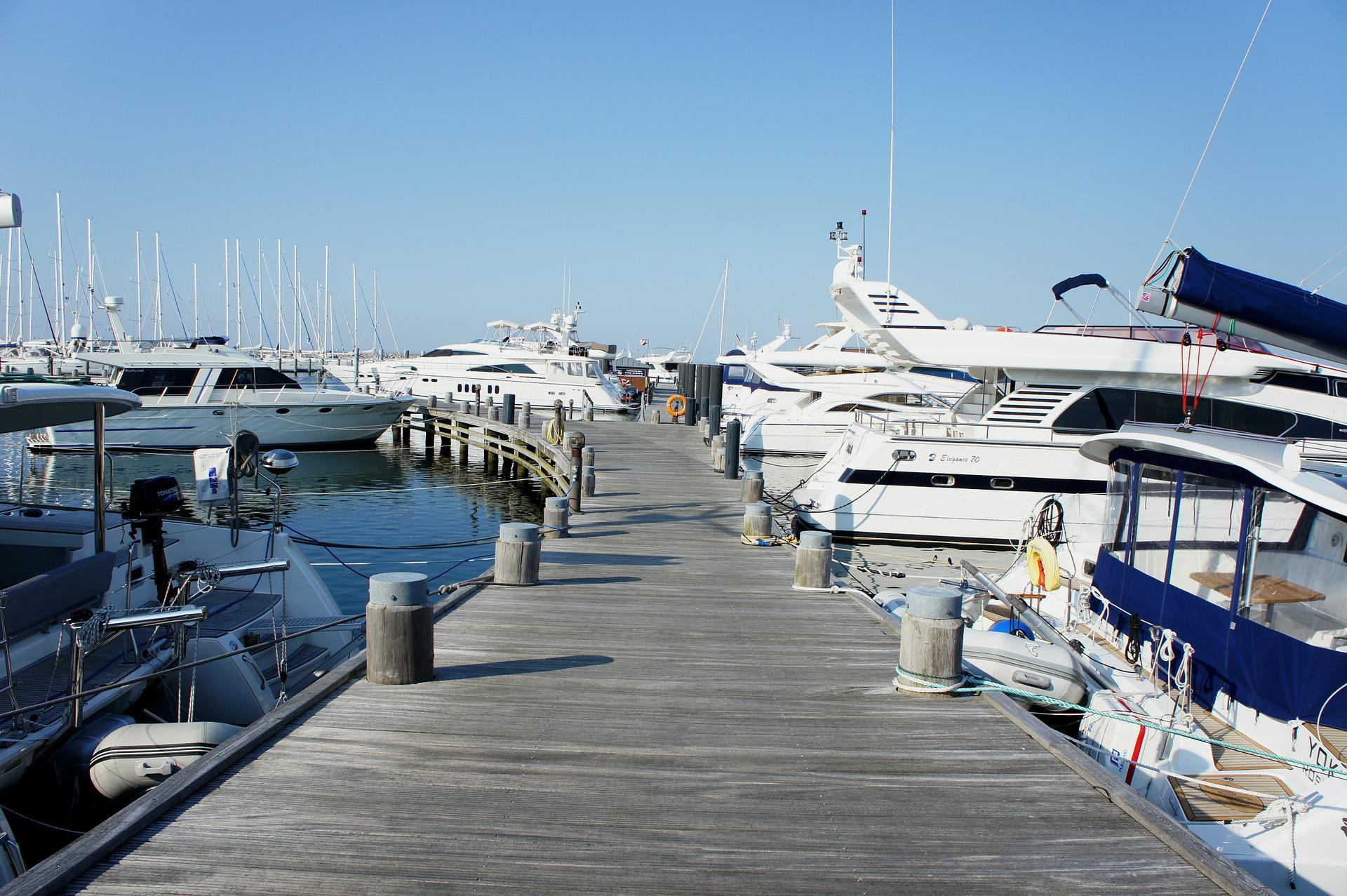The deadweight plays an indispensable role in the mooring of boats. It takes the form of a concrete slab, is placed on the bottom of the water and is connected to a buoy by a chain. It is the essential equipment for a boat mooring. In order for it to play its role, it must be heavy. A certain weight must be respected.
The composition of a deadweight
Before knowing the ideal weight for a deadweight, it is necessary to know its composition. First of all, this accessory is made up of a concrete block with a 5-link chain section. It is often made of a diameter of 40. It also consists of a primary chain that allows a concrete block to be held by a shackle. The shackle must be 0.45 times the length of the vessel. In addition to this, you can also find the secondary chain which is the same length as the height of the water.
The ideal weight for a ship’s deadweight
In order for the deadweight to function properly, it is necessary to observe a certain weight. The weight of this accessory should be 1/3 of the weight of the boat. On the market, you have the boat deadweight which is specifically adapted to all types of boats.
In addition to the weight, the shape is also a criterion that should not be underestimated when making a dead body boat mooring. To do this, it is essential to start with a parallelepiped base with a height lower than the base. This is obviously the guarantee of a good stability of the boat. You can use a deadweight with rods or rings. In principle, these are set up by maritime associations or municipalities. They are often used in protected areas.
Mooring: our tips
Mooring a boat on a dead body is done by going astern, while ensuring that you are always upwind.
Taking a dead body from the sea bed in a current area is not complicated. To do this, start by observing your surroundings to easily identify the impact of the current on the anchor. Identifying the current area prevents you from making false moves during the mooring.
It is also necessary to observe the behaviour of boats that are already tied up on the buoy. This will give you an impression of the current in relation to the wind. If there are no boats in the vicinity, put yourself in neutral to determine the wind and current.
You also need to know the speed of the boat until you reach the buoy. If necessary, adjust it. Once you arrive at the buoy, you need to put your boat in neutral. This is necessary to make the stage easier, especially if you are alone to manoeuvre your boat.
CAUTION: Never leave the dead centre under sail. You must use the engine. It is necessary to start at a certain speed.






